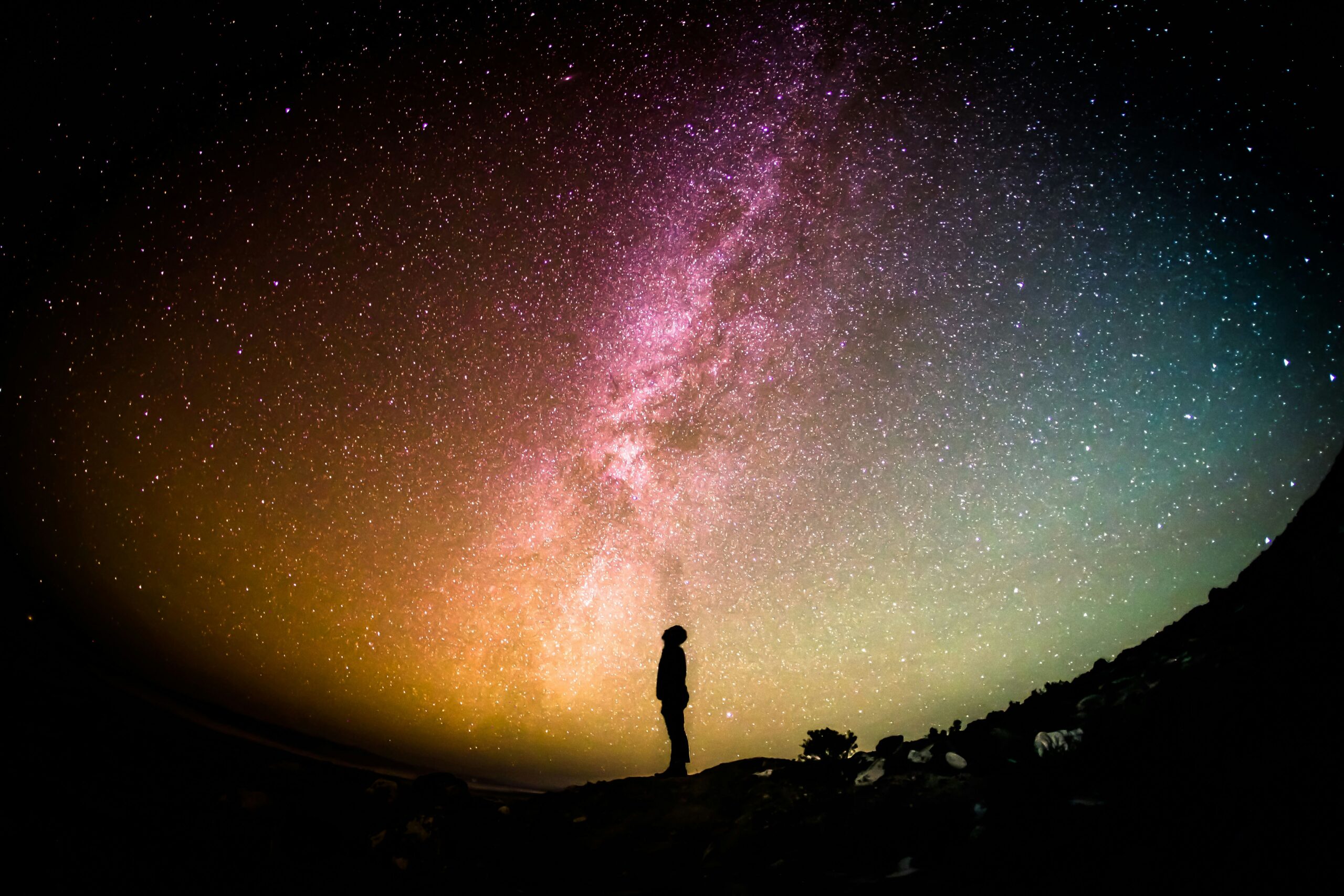
Finding the Way
In this retreat, Ken McLeod and Gail Gustafson guide participants through a series of direct, embodied inquiries into presence, perception, and personal truth. Rather than offering answers, each session invites you to explore the questions that animate your practice—and to discover the treasure of experience itself. With equal parts clarity, humor, and depth, Ken and Gail illuminate how real change begins in the space before action.
-
1. Start Where You Are
Ken opens this retreat by asking participants to reflect on a deceptively simple question: *Why are you here?* “Our intention is not to teach you anything but help you discover what you already know.” Topics covered include the difference between observation and assessment, the role of silence, and how personal questions—not inherited answers—fuel practice.
-
2. The Practice of Observation
Ken opens this session with a new framework for understanding the four noble truths: “recognition, curiosity, understanding, and practice.” “Rather than trying to meditate a certain way, you explore by making little adjustments to how you meditate and how you are when you are sitting.” Topics covered include how observation differs from analysis, how to relate to discomfort, and the value of starting over—again and again.
-
3. Questions That Open
Ken guides participants in using four structured questions—“What leads you to say that?” among them—to deepen reflection in both conversation and meditation. “The questions carry a sense of egolessness, and that’s what makes them so effective—there’s no ego or sense of self in them.” Topics covered include how to listen without interfering, how to question experience directly, and how subtle shifts in language shape awareness and connection.
-
4. Drawing Your Map
In this session, Ken and Gail lead a deep dive into sensory experience and the mental maps we unconsciously use to navigate life and meditation. “This is about you finding your way.” Topics covered include the relationship between body and thought, how we relate to space behind us, and the difference between map and territory. Through paired exercises and open inquiry, participants learn to trust what they perceive, not what they expect.
-
5. Clues and Challenges
Ken and Gail invite participants to approach practice as a treasure hunt, where clues often appear as tension, resistance, or repetition. “You have to be willing to experience not knowing.” Topics covered include the difference between experiencing a clue and knowing your experience, how personal metaphors shape practice, and why relying on intellect may obscure the path instead of reveal it.
-
6. The Space Before Action
Ken McLeod and Gail Gustafson guide participants through body-based practices that reveal the subtle space between placing attention and initiating movement. “Only by experiencing that gap can you have any possibility of distinguishing between what the experience is pointing to and what your reactions are telling you to do.” Topics covered include dynamic stability, the end of struggle, subtle corrections of imbalance, and the listening needed to unlock the treasure of direct experience.
-
7. Trusting Nothing Whatsoever
Ken and Gail close the retreat by exploring how confidence and faith arise not from certainty, but from meeting experience directly—without resistance or agenda. “The stability actually comes out of nothing whatsoever.” Topics covered include how completed intentions shift motivation, how faith expresses itself as willingness, and how a teacher’s role is to catalyze—not replace—your own knowing.